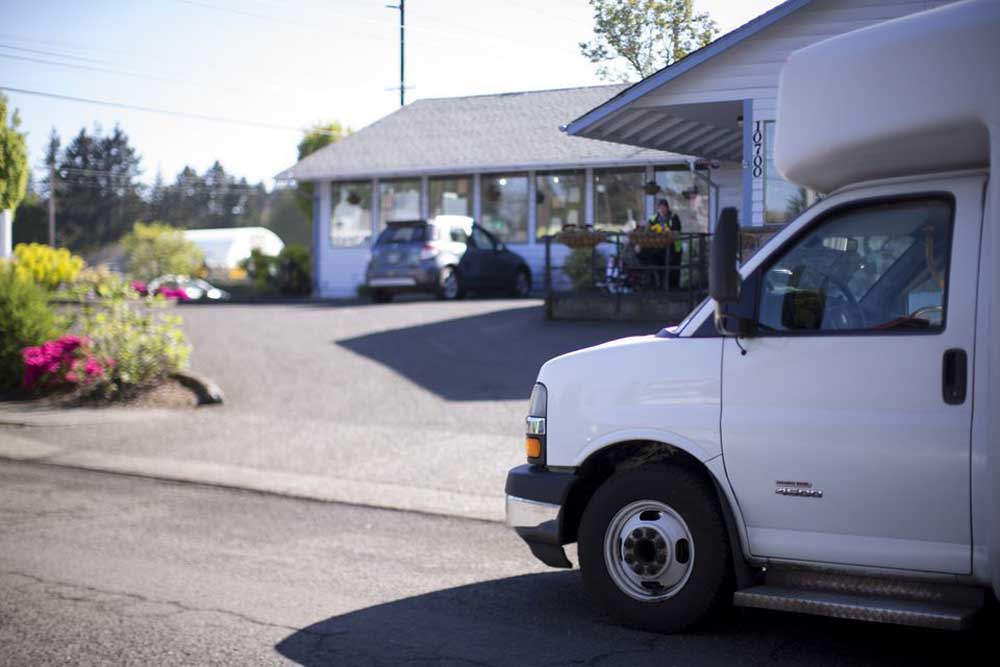Coronavirus strikes 10 group homes for developmentally disabled Oregonians
Published 1:19 pm Friday, April 17, 2020

- In this 2019 file photo, a TriMet bus drops off a rider at Parents for Alternative Support Solutions, a facility for adults with developmental disabilities in Portland.
The coronavirus has so far infected 10 people who live or work in state-funded homes for people with intellectual or developmental disabilities.
The disease has struck one person in 10 separate homes: a foster home for children, three foster homes for adults and six adult group homes, according to data state officials provided to The Oregonian.
Seven workers and three residents have been diagnosed with the virus as of Tuesday, the state figures show. The report doesn’t indicate who is infected at which home.
As far as health officials know, none of the infected residents or employees has died, a spokeswoman for the Department of Human Services said.
The homes range from Southern Oregon, with one case each in Jackson and Klamath counties, to the Willamette Valley, with four cases in Marion, Lane and Linn counties, and up to the Portland area, with four infected homes in Clackamas, Washington and Multnomah counties.
Compared to senior care homes, the loose but vast network of nearly 2,400 specialized homes remains all but untouched by the disease, though the number of cases doubled from five to 10 in just a week, indicating the virus could inflict further damage. State officials compiled the numbers using coronavirus case reports from local health departments or subcontractors.
Statewide, foster and group homes serve 6,504 people, state data show, the vast majority of them adults. About 8,000 people work in group homes, a Department of Human Services spokeswoman said. The agency does not know how many people work in adult foster homes.
Like nursing and assisted living settings, homes for people with disabilities are vulnerable to outbreaks because the residents live in close quarters and because employees interact closely with residents and come and go every day.
Yet the homes are likely better equipped than senior care facilities to prevent the spread of the virus because they are, by definition, small. No more than five residents can live in each home for people with intellectual or developmental disabilities. Senior care homes, on the other hand, can have hundreds of residents.
Private individuals manage foster homes, while both not-for-profit and for-profit companies run group homes.
In March, the state Department of Human Services division responsible for the homes limited access to all but the most essential people, including families saying goodbye during “end-of-life stages,” staff and emergency workers.
“This policy direction is being implemented immediately to prevent the spread of COVID-19 to some of the most vulnerable community members in Oregon,” the agency’s order read.






